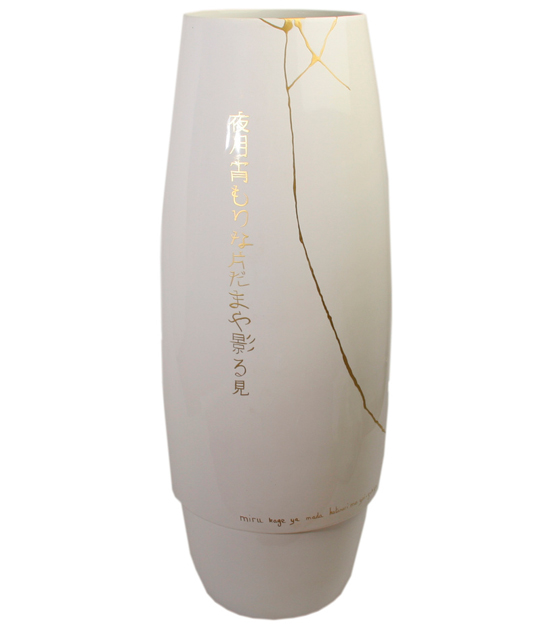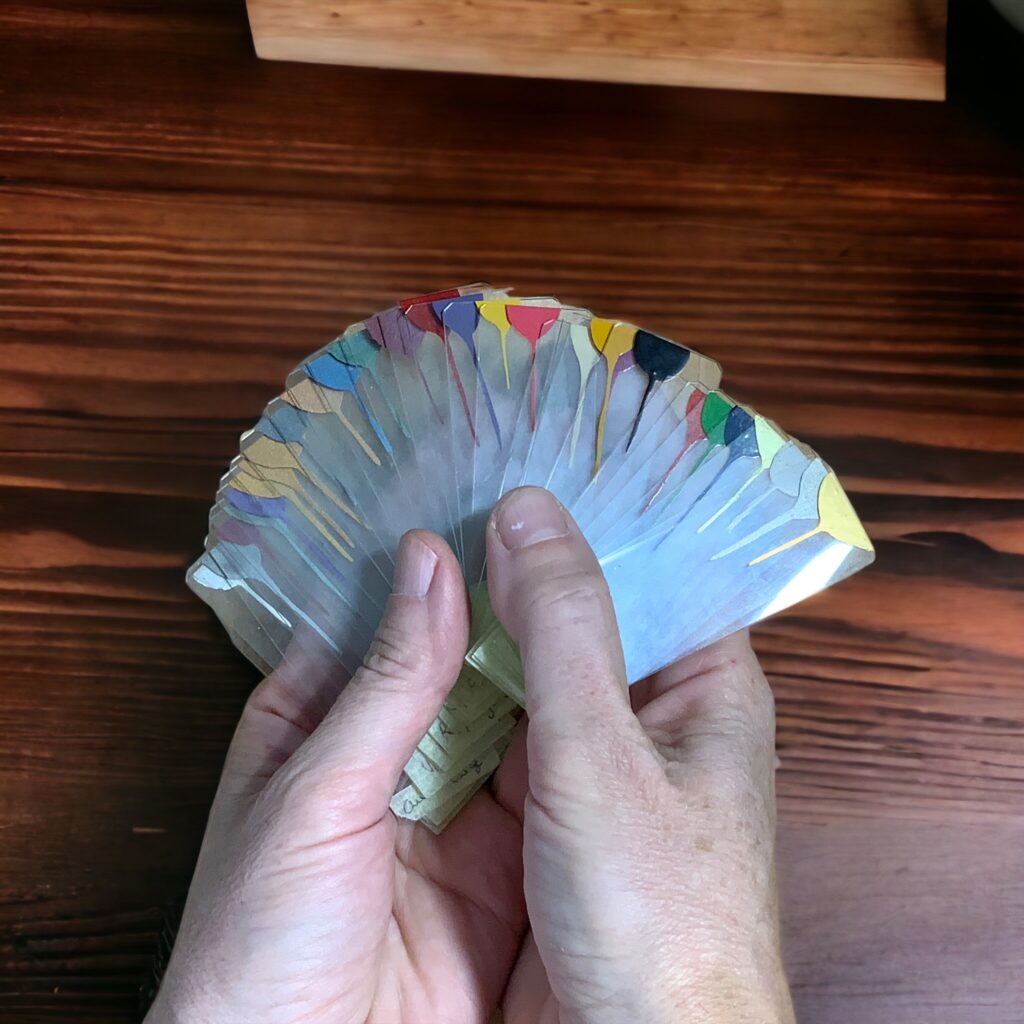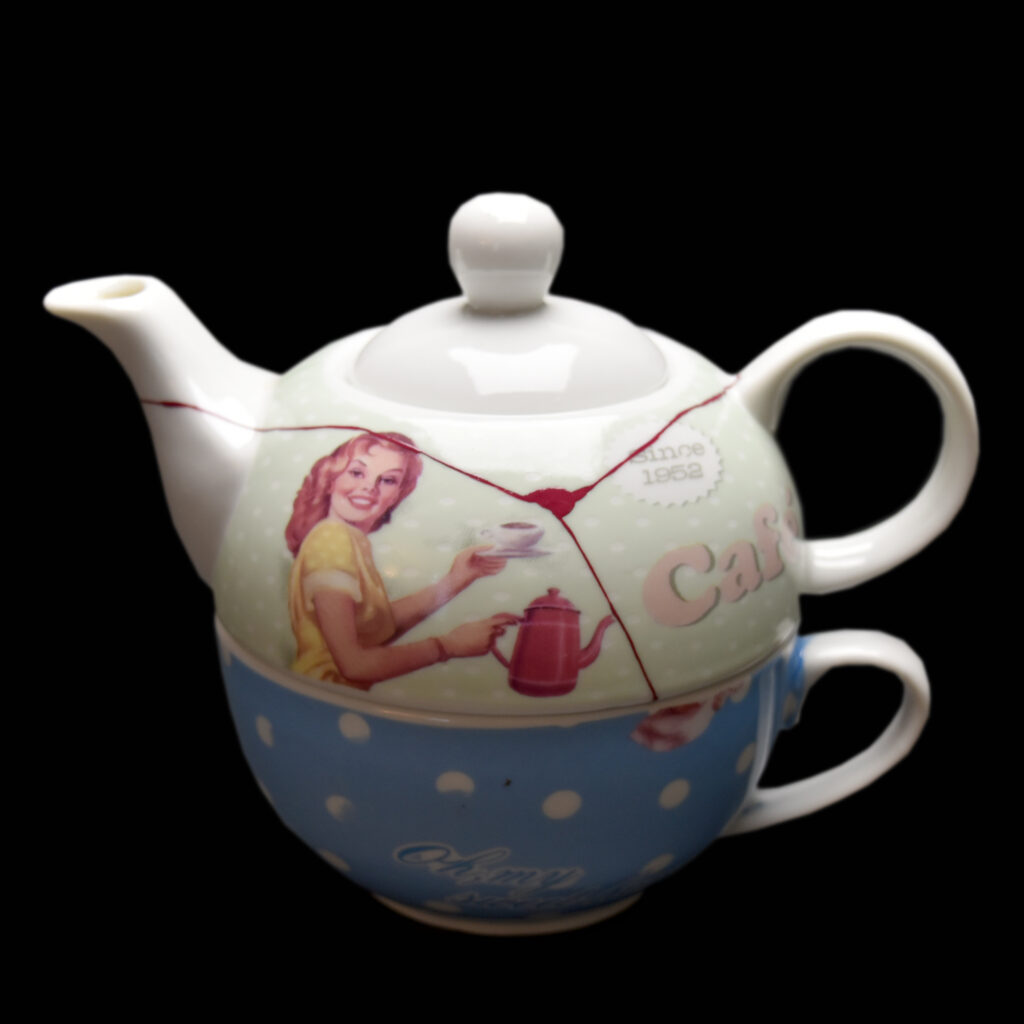Kintsugi repair service
What is Kintsugi ?
“Kin-tsugi” literally means “gold joints” in Japanese. It’s an ancestral technique for repairing broken pieces: cracks are not hidden, but sublimated, and the accidents of the past remain visible. Because, sometimes, it’s the scars that make the beauty: magnifying them also means changing the way you look at what seemed to be a defect. Repairing to give new life.
Get a quote todayThe broken piece can be used again: the materials needed for traditional kintsugi are mainly natural lacquer (urushi) and pure gold, both of which are food-safe. Precious, long-lasting materials that give your object a second life and make it absolutely unique.



